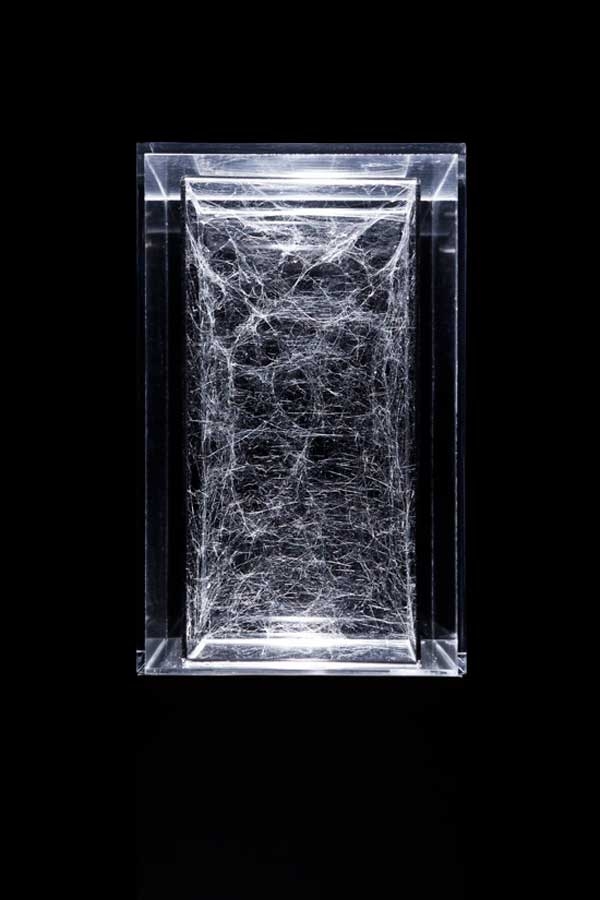“You say we’re boring, you say we’re stupid, but next week you’ll be telling us we’re wonderful and that we’re your favourite people in all the world!” burbled the Belgian collector midway through last Sunday’s LUMA Foundation symposium on (among other things) public–private partnerships, which took place in Zurich’s Löwenbräukunst complex as part of that city’s traditional Art Basel warmup weekend. The collector had felt compelled to chip in once the discussion turned to the theory (offered by a museum director) that most collectors were competing against each other to acquire the same work produced by the same artists in the same way. And that artists were producing work to suit the demands of these competing collectors who were all asking for the same thing. All of which created a vicious circle that stifled rather than encouraged creativity. And so art today is rubbish. And only public museums can save collectors and artists from themselves. Or something like that.
And so it was with something almost like excitement that ArtReview trudged from Zurich to Basel and wandered into the inverted disco ball that is the newly revamped Messe to watch the arse-kissing begin.
Once it wormed its way past a bunch of museum directors giving tours of the fair to groups of collectors/patrons, ArtReview found a welcome alternative to the hysteria in the form of Vienna-based artist Judith Fegerl’s Cauter (2013) at Galerie Hubert Winter’s booth in the Statements section of the fair. The work comprises a series of lines created by inserting electrical wires into the wall and running a current through them until the line (a trace of the invisible wire) is burned into the plaster. The effect is like a haiku to polarities – of the visible and invisible, the material and the immaterial, the handcrafted and the industrially produced.
When it comes to delicacy, however, nothing could beat the contents of a darkened room over at Esther Schipper’s booth in the main fair. There, ArtReview came across a series of spiderwebs made by Tomás Saraceno, or more strictly speaking by the spiders that Saraceno selects, presented in clear acrylic boxes and lit by LEDs. The title of each work indicates the number and species of eight-legged labourers exploited during the making of the piece – Willman Cyrtophora citricola – 20 Anelosimus eximius (2013), for example – while the work of the spiders offers nature’s version of the extraordinary engineering that the artist exploits in his larger sculptural works. Man, it seems, is required merely for management purposes.
If there was a theme of the ordinary made extraordinary developing, it continued as ArtReview hobbled over to Tokyo’s ShugoArts, where it encountered Yukio Fujimoto’s The Music (Four-Panel Folding Screen)(2013), an ordinary folding screen fitted out with clear panels into each of which is inserted the mechanisms (with keys) of nine musical boxes. Each panel of the screen relates to the next via the geometry of the boxes, which read visually as a series of musical notes, reflected or inverted from one panel to the next. The boxes, which play music created randomly by the artist and anyone willing to run around the work turning the keys, collectively offer an unending variety of sound. “Yes, yes!” ArtReview could almost hear the museum director exploding. “Make those collectors work!” In comparison to the works by Fegerl or Saraceno The Music might seem more obviously contrived, but Fujimoto’s work is no less pleasurable, and ArtReview always likes to think that pleasuring is art’s main function. Dammit! Now ArtReview’s worried that it’s starting to sound like one of those collectors itself…
The truth is that ArtReview is more like the late Dutch artist Bas Jan Ader, as pictured in his Untitled (Tea Party) (1972/2003) – on view at Berlin’s Klosterfelde. The work is a column of six colour photographs (in an edition of three) arranged vertically and documenting the besuited artist as he is lured by an afternoon tea laid out under a box propped up on a stick, becomes trapped and then disappears. What tea did to Ader, art has done to ArtReview. It’s just another greedy artmuncher trapped in Basel’s big box of art.
